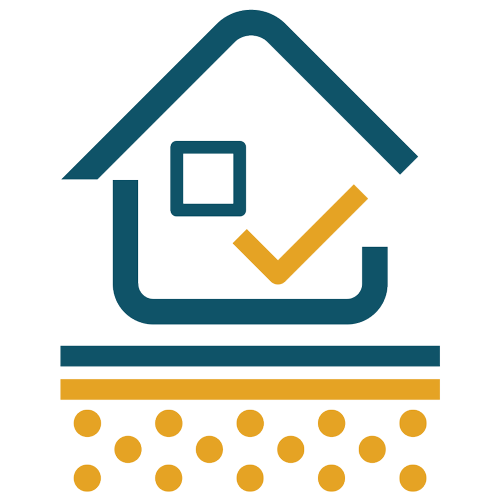Radon is a colourless, odourless and tasteless radioactive gas which comes from rocks and soils and its concentration inside buildings depends mainly on geogenic characteristics, the type of construction and the use of the building.
Inhaled radon is the largest source of exposure to ionizing radiation for the world population, contributing more than 40% to the effective dose (UNSCEAR, 2008).
Prolonged exposure to radon inside buildings is one of the main causes of lung cancer. Smokers and ex-smokers are at increased risk from the combined action of tobacco and radon. There is no consistent evidence of a link between radon exposure and other cancers or conditions.














